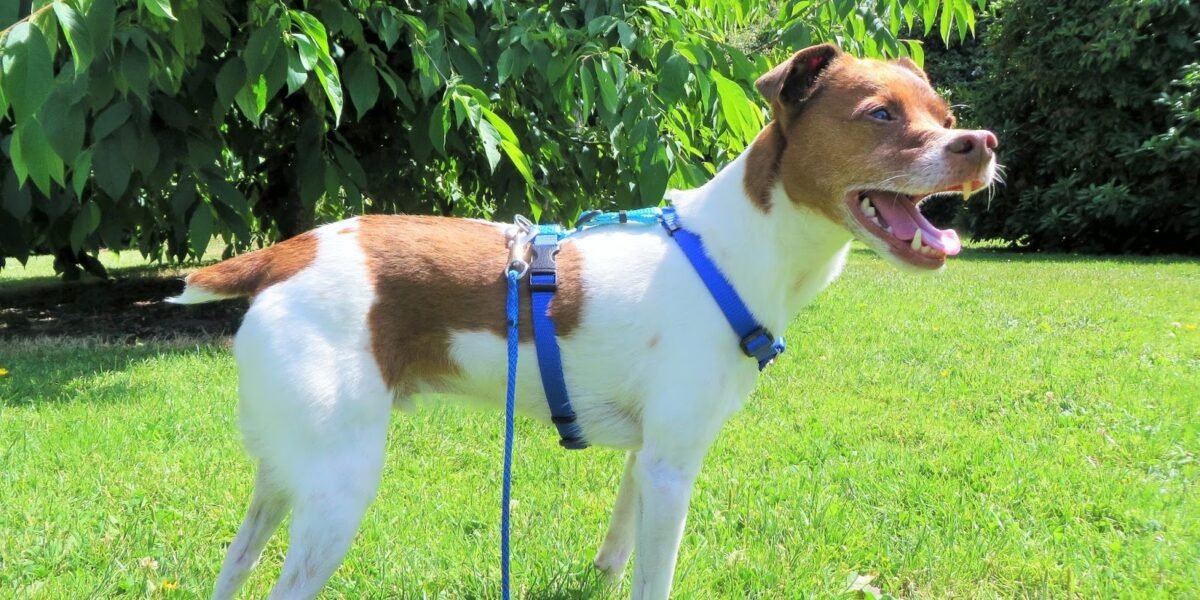Dogs lean forward when they pull on leash, using their weight and strength to pull against it. By pulling back on the leash, we are reinforcing this and inadvertently training the dog to pull even harder. A Balance Harness helps break this feed-back training and helps to train your dog to balance on all fours when on the lead.
How to use a Balance Harness
Best results are obtained by using the harness with a Double Ended Lead, but it will also work with a normal lead. A Double Ended Lead is a little odd at first, but it gets easier once you get the hang of it – sort of like the reins on a horse.
Dogs can pull alot harder than we can, so try not to get into a ‘tug of war’ game with them. For best results, use a pulsating action on the lead – pull, release, pull, release, etc. rather than just trying to keep a steady pressure or pull harder to hold your dog back – this just makes matters worse.
If we keep steady pressure on the Lead, it makes it easy for a dog to pull against it by leaning forward. This means practicing ‘pulsating the lead’ with the pull, release, pull, release action. By doing this, it makes it uncomfortable for the dog to pull against the lead, and it is more than likely to stop and look at you to work out what is going on. When this happens, immediately stop pulsating the lead – for the dog the uncomfortable thing stops and so he/she has just been rewarded for not being on a tight lead.
A Balance Harness with a Double Ended Lead.
Attach the lead to the Front D Ring and the other end to the Back D Ring. Think of the Back Connection as your Brake and the Front as Steering. When your dog pulls, stop walking and at the same time start pulsating the lead to the back of the Balance Harness (the Brake). Do this with a slight upward lifting motion to get best results.
Continue pulsating until your dog stops pulling, when they do, immediately stop pulsating and loosen the lead – then change to lightly pulsate the Front lead until your dog turns back to you, or looks back to you. Praise lavishly when they do this.
This is called ‘Shaping’ ie: you are training a series of actions – in this case a Stop and then a Turn. When it is done consistently your dog will learn to stop and turn whenever they feel pulsating pressure on the lead. By stopping and turning towards you your dog has re-balanced itself on all four feet and thus, when it is balanced, it is not pulling.
A Balance Harness with a Normal Lead.
Attach the lead to the Front D Ring on the Balance Harness. When your dog pulls, stop walking and at the same time start to pulsate the lead to the front of the harness to get your dog to turn towards you. Immediately loosen the lead as your dog stops pulling, and praise lavishly. Be Consistent to Lock in your Training, repeating these Training techniques whenever your dog pulls on lead. A Balance Harness makes training easy, but you must be consistent. Remember to praise your dog when they are walking well.
Check the fitting regularly – particularly during the first few days/weeks of wearing, adjust to keep a good snug fit. A Balance Harness is designed as a Walking Trainer, and is not intended for other use – Please do not use as a car harness.

